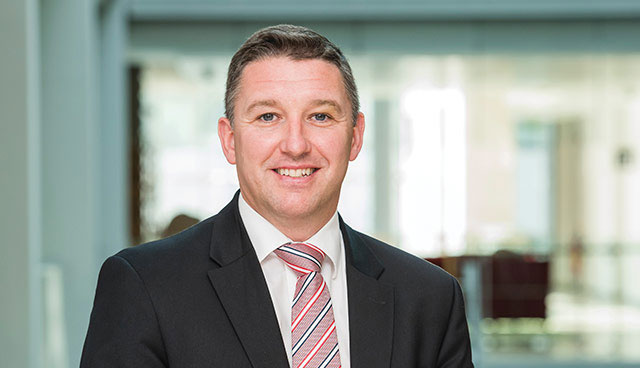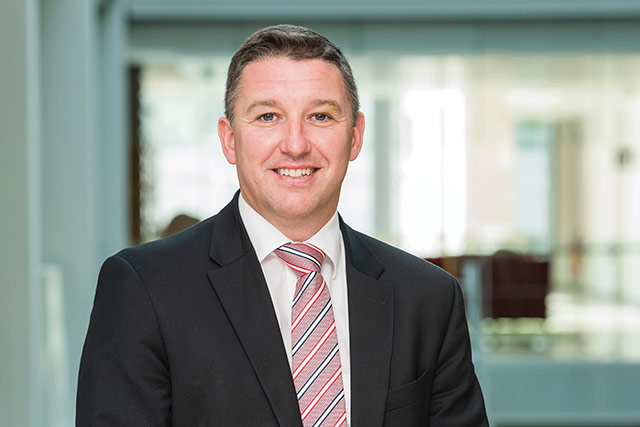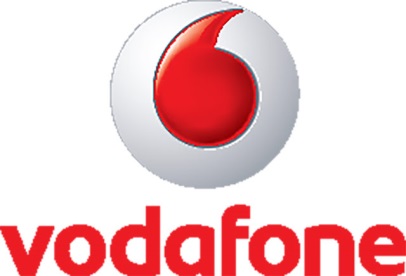Connecting government agencies to the public


John Clancy, Head of Public Sector at Vodafone Ireland, talks to eolas about how Vodafone has made significant investment in supporting technologies and infrastructure, including the Government Cloud Network, which is providing a platform for delivering better technology solutions for the public sector.
In 2013, Vodafone embarked on the building of the Government Cloud Network (GCN), which is a secure private network that allows any government agency to connect at gigabit or higher speeds for all their data services. The network now connects 200 public sector locations across numerous agencies in over 40 towns. It’s anticipated that many cloud services will be overlaid on this network, replacing legacy on premises systems that are no longer efficient, allowing the agencies to have better communication platforms to reach the public.
For example, this is benefiting both An Garda Síochána and the Health Service Executive (HSE) who have joined the GCN. Approximately 100 Garda stations will be added to the Government Cloud Network and the HSE is running a number of projects migrating legacy networks and systems onto the GCN.
“We have now built scale and momentum with the Government Cloud Network. The strategic intent of the project, set by the Office of Government Chief Information Officer (OGCIO) has been recognised. The GCN network is now providing more efficient collaboration between agencies all over Ireland,” notes Jim Leahy, OGCIO.
Clancy outlines that the GCN project has addressed three key objectives as part of the government ICT strategy: “The first of these is build-to-share – building one infrastructure to share amongst all agencies. Secondly, to facilitate the running of cloud-based projects and to move away from capex type investments in your own communications room to cloud projects that are accessible for every agency, irrespective of geographic location and thirdly, to consolidate voice and data services onto one resilient network.”
In terms of consolidating voice and data, there are a number of public bodies now opting to run voice over the GCN including agricultural agencies like Teagasc, local authorities such as Offaly County Council and central government departments.
When asked, “what’s next for GCN?”, Clancy predicts ongoing growth for the network.
“The GCN is currently in over 40 towns. The addition of the Garda stations onto the network is being mostly built on Vodafone microwave radio, which is already in place. This expansion of the network will allow us to connect to a lot more towns and to make these towns commercially viable, allowing us to offer the service to other agencies in these towns. The OGCIO target is for the network to reach at least 50 towns.”
The next phase of development for GCN will see a focus on mobility, with the integration of GCN and the government’s private APN (Access Point Network) service, which Vodafone has upgraded to accommodate 4G services. For example, mobile services could be extended to Garda vehicles using IoT (Internet of Things) technology and the GCN to connect to their core systems.
“For An Garda Síochána and the Health Service Executive, mobility will become more and more important in the coming years. Being able to integrate mobility into GCN is going to be a key enabler for both agencies,” explains Clancy.
Bringing services together
Voice and data services are currently being consolidated onto the GCN in a unified communications project, eliminating the need for agencies to have separate connections. Vodafone, in conjunction with OGCIO, has created a session initiation protocol (SIP) service, which is a highly efficient form of voice over internet protocol (VOIP), as an overlay product on GCN. This service will roll out and scale in the coming months. The government has invested in this carrier-class SIP platform and Vodafone has integrated its voice platform with it. This allows any agency on GCN to divest its traditional digital voice infrastructure.
Clancy believes in the advantages of this approach: “The benefits are the consolidation of services, getting more return on the investment in GCN and being able to remove and replace old legacy digital infrastructure. Many agencies are moving towards either cloud-based telephony systems or moving their telephone systems into a data centre. The consolation of these services to one platform brings cost savings to the customer and also helps to future proof their technology, and a number of large government agencies have done this.”
“New unified telecoms systems are VOIP based and using SIP avoids having to invest in digital gateway infrastructure anymore. SIP is also the technology that facilitates integrating the desktop with the telephone system. SIP is central in the government’s future plans for voice and unified communications services,” says Clancy.
Managed mobility
With the proliferation of smart phone and tablet devices, the public sector workforce is becoming more mobile. Therefore the management of this is becoming very multifaceted. Employees in the public sector expect remote access and real time collaboration, with the choice to work flexibly when they want, where they want and with the tools of their choice to align with public needs. There are now many business-critical applications running on such devices and supporting them is very different from a traditional desktop environment.
Government agencies are putting ever increasing resources into supporting these mobile devices with the right policies, processes and support. This allows their organisation to be secure. Each device must have secured applications added to them and have remote access configured. This can be a time consuming task for IT departments. Vodafone has found that customers are seeking secure solutions that can take the trouble out of a plethora of devices and apps in use.
“We take all the IT pain points away from the agency and they don’t have to put any IT resources on their mobile estate. In essence, we become the help desk for all their mobility devices and services,” explains Clancy.
“The feedback from customers has been brilliant, we are enabling them to become more agile and keep pace with the ever-changing developments in apps and devices. Organisations also have a flexible way to ensure their people stay productive and better connected using their chosen device, without compromising security,” explains Clancy.
“The agencies’ resources have moved to becoming contract managers, rather than technical experts in mobility technology, where Vodafone is a leader. The services offered include ordering, staging, configuring and troubleshooting all of the agencies’ mobility estate by the Vodafone help desk which offers unique expertise in smart phone and tablet devices and related services,” adds Clancy.
Future
Looking to the future development of government technology Clancy sees the next stage of the development of GCN as providing cloud and hosting services. “Ultimately, that is why the Government Cloud Network was built. Government wants to buy and consume services from the cloud, which is what has been done in the UK.” Vodafone is investing heavily in this area and sees it as providing pivotal support for Government technology.
“The Government Cloud Network is bringing significant efficiencies and flexibility to the deployment of technology for government services, but we are only just beginning. Cloud and hosting services, together with IOT innovations will help revolutionise the future delivery of public services in Ireland,” concludes Clancy.
For more information go to www.vodafone.ie/business or to discuss your individual business requirements, email John.clancy@vodafone.com






